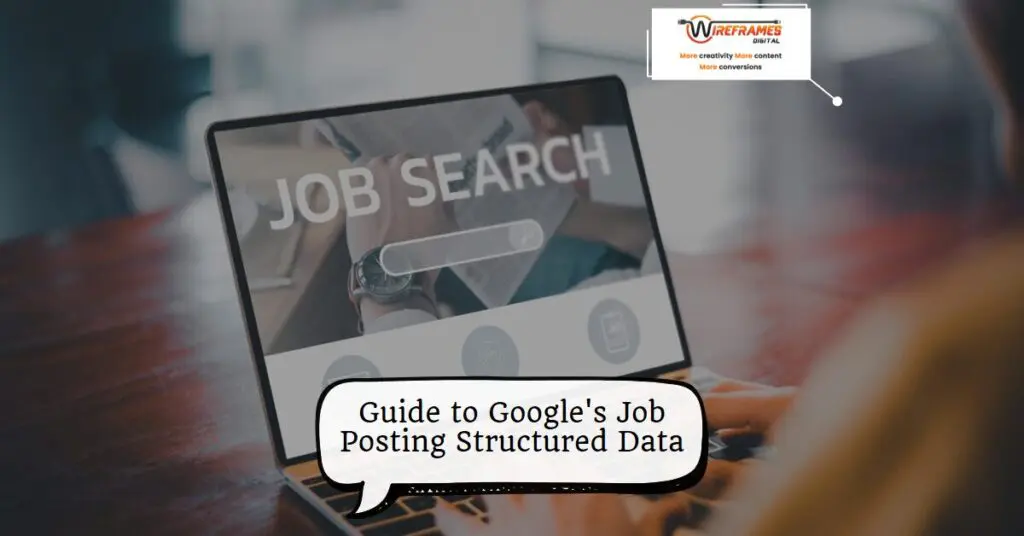Have you ever wondered how Google shows you those interactive job listings when you’re hunting for a new gig? It’s all thanks to a system called “Job Posting Structured Data”. Google has just updated the rulebook on how to use it. It seems like Google’s main aim is to make sure that the latest and most relevant job listings show up on their search pages.
Diving into the Deep End: Google’s Job Posting Structured Data
Google’s guide to job posting structured data is like a treasure map for increased visibility in Google Search. The one magic trick this guide teaches you is how to alert Google of new job postings or changes to an existing one. This is super useful because it ensures that your job postings are the cream of the crop in Google’s search pages.
New Set of Rules, Same Game
Google has now laid down a clearer pathway on letting them know about changes and new pages. The original guide recommended users to pick Indexing API over sitemaps to whip Googlebot into a frenzy to start crawling your pages in a jiffy. It seemed to wave us away from sitemaps, even though they still nudged us to submit a sitemap for our whole site.
Now, Google has patched up this mixed messaging by suggesting the use of both Indexing API and sitemaps. Googlebot’s itchy feet (or rather, itchy code) is still tickled faster by the Indexing API. This helps when you have a brand-new job post that needs to go up pronto or if you tweaked a post and need the changes mirrored quickly in Google’s search.
Also, additions and changes saw existing mentions of pinging Google with a GET request bid bye-bye. Instead of suggestions to “do one of the following actions”, they cut to the chase by asking to “keep Google informed of changes”. This makes it clear as a bell that sitemaps are still in play, even as Indexing API is recommended for quick crawling.

The Bottom Line
In short, Google simply wants us to keep them in the loop when it comes to job posts – new, old, or updated. Their endgame? To deliver the freshest, most relevant job posts to us, the job seekers. Check out the new Job Posting Structured Data guidance here!
















